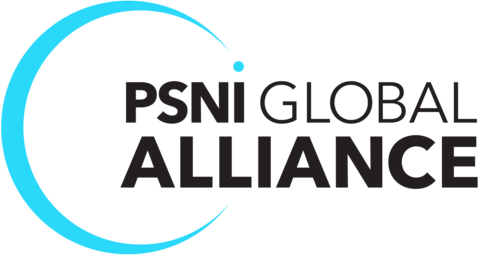For many people, the sudden shift to remote work two years ago didn’t entail much more than downloading Zoom on a laptop, and maybe buying an inexpensive webcam.
But now that some employees are returning to the office, companies need to think more carefully about office designs and technology solutions that can accommodate both on-site and remote employees and support collaboration for dispersed teams.
Why Good Hybrid Workplace Design Matters
The hybrid workplace isn’t just a place where people come to call into Zoom meetings and work on solitary tasks at their desks. The modern workplace helps establish your company culture and fosters creativity for every employee. Hybrid workplaces that do this successfully are defined by three features:
- A design that balances openness, privacy, and a variety of social interactions
- Customized technology solutions that keep dispersed teams connected
- A management culture that supports non-work interactions that spark creativity and collaboration
“Organizations have to rethink working and collaboration methods for everyone, on-site and remote,” said Chris Merrick, Senior Director of Global Integrated Systems Marketing at Shure. “More elements of the business will require high-quality solutions that enable teams to keep in contact. Leaders must consider how to equip all team members with the tools they need to contribute, regardless of location.”
A How-To Guide for Designing Successful Hybrid Workplaces
The tools you need for a productive hybrid workplace go beyond just adding video conferencing capabilities to your meeting spaces. Hybrid offices need designs that maximize the benefits of in-person work, like impromptu conversations, while minimizing the disruptions of a dispersed workforce.
“It seems like it should be easy, right? Unfortunately, there is a difference between just enabling video conferencing in a meeting space and designing a solution that is easy and intuitive to use,” said Chris Miller, Executive Director for PSNI Global Alliance. “Spaces must be intelligently designed.”
Our latest guide, The Hybrid Workplace: Enabling the Future of Work, is here to help you create intelligent and flexible hybrid workspaces that meet your needs. Our experts of technology share insights into:
- What a successful hybrid workplace looks like
- The challenges you might face as you design a hybrid workplace
- Must-have capabilities that can help you overcome those challenges, and
- The best technology solutions to get you the functionality you need
Putting Together the Pieces of Your Hybrid Workplace Puzzle
Are you struggling to find the right pieces for your hybrid workplace design? Or maybe you have all the pieces for a hybrid workplace design strategy but you aren’t sure how to put them together? This guide can help. Download it today and get the advice and insight you need to design spaces that meet your evolving needs and foster a collaborative and connected company culture.









